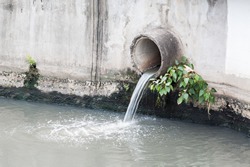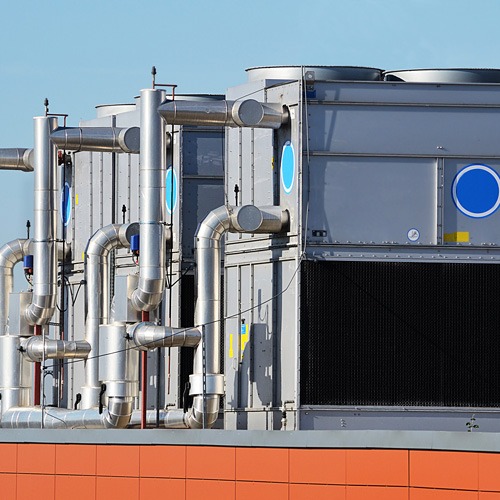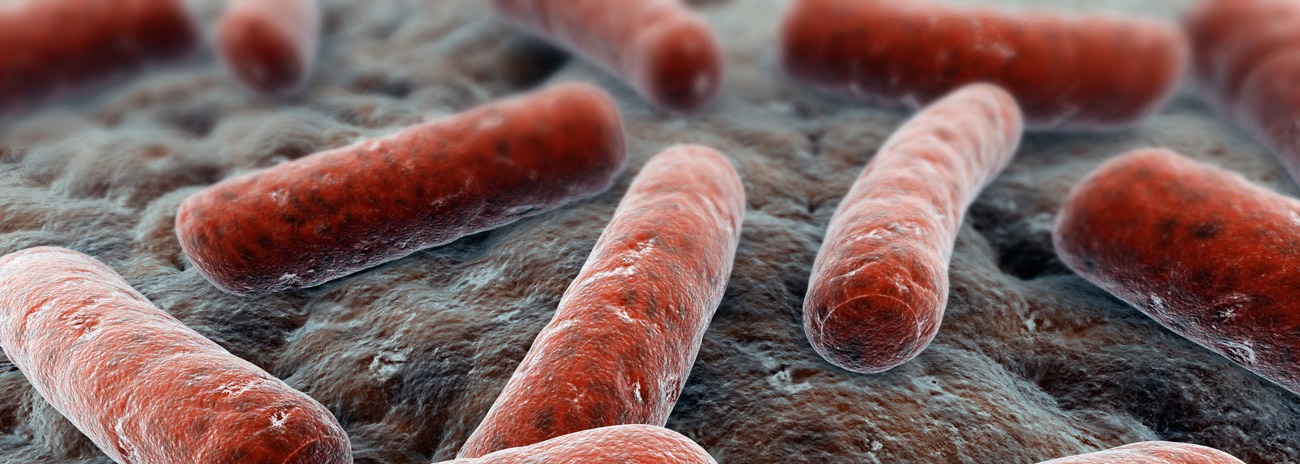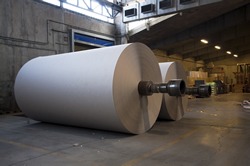Microbes & Toxic Waste Removal – Vinyl Chloride & Dichloroethene
Although other microbes have been found that can eat toxic waste, this is the first one that feeds on vinyl chloride.
Vinyl chloride
Vinyl chloride is one of the most common and hazardous industrial chemicals, used in the rubber, plastics and paper industries, as well as in building and construction. It is soluble so it can enter the water supply and linger in the ground for hundreds of years, clinging to the soil in aquifers.
Researchers had discovered that there were bacteria that could break down certain chlorinated compounds 10 years ago, but not vinyl chloride. However, intense research has lead to the isolation of the relevant bacteria, known as BAV1, and on tests at a contaminated site, it has been found to eat vinyl chloride and its toxic derivative, dichloroethane.
Bioremediation
BAV1 is anaerobic and therefore flourishes in the packed earth where there is no oxygen, feeding off the waste compounds. The microbes remain in the soil after use, but the researchers believe they pose no threat to human health. Microbiologist Frank Loeffler said, “Bacteria like Bav1 eat contaminants. Once the contaminant is gone, the organisms have no food and their population size decreases.”
The most common method for dealing with vinyl chloride pollution currently is to simply pump the contaminated water out of the ground. But, as it sticks to the soil this method will never clear aquifers of all their contaminants. However, when the bacteria are injected into the ground suspended in liquid, they attach themselves to sand or particles in the soil. This creates a ‘bio-film’ or filter that traps the vinyl chloride. It also means they do not move to other parts of the aquifer.
Loeffler is now working with a Californian company to bring the bacteria to the mass market for industrial clean-up operations. He said that there was no evidence of any negative environmental impacts, so it is likely that permission to use this technology will be granted at most sites.” Use of vinyl chloride based solvents is highly regulated now, which makes new pollution cases rare. The contamination needing to be cleaned up occurred decades ago.
Extracted from a Groundwork Search & Send publication.







